
Ann Agee, The Chicken Slaughter, 2004
A Chicken Slaughter would not seem like a subject for a group of porcelain figurines, but Ann Agee saw things differently.
Ann already loved taking everyday moments and turning them into sculptures, but memories of helping her neighbors at their annual event became her true inspiration for this work.
The artist's summer studio was right next door to chicken farmers. Every year, when the time came for the big slaughter, Ann and her husband would lend a hand, helping their neighbors with the laborious task. It was a strange tradition—unseen by most folks, maybe even unspoken— but it was something inspiring to Ann.
In 2004, a photographer had been hired to document the event. Ann watched as the photographer moved about the barn, snapping photos of the chickens, the workers, the sharp knives, the rushing water, and the methodical process.

Ann Agee, The Chicken Slaughter, 2004
It was here that Ann saw the whole scene through a new lens. She had always loved those antique European porcelain figurines, those delicate scenes of aristocrats in powdered wigs, sipping tea, or strolling through manicured gardens. But what if she could take that porcelain tradition and inject it with something real, something personal, something that reflected the lives of regular people—the workers, the laborers, the unsung heroes in her life?
The scene she created in porcelain would turn out to be a stunning project. It featured five pedestals, each one carefully sculpted to represent a key player in the process. There was the photographer, standing off to the side with a poised elegance that felt strangely out of place in the gritty setting. Next to him stood a sculpture of Ann and her husband, both sculpted with their sleeves rolled up, their faces set in concentration as they helped to pluck a chicken’s feathers. Then there were Ann's two neighbors, pulling feathers off their own upside-down chicken. In the last two sculptures, two individuals were captured mid-action—the eviscerator, and the rinser, who stood right next to the eviscerator with a hose.
The chicken slaughter was now remembered in artistic porcelain; a reminder that art could be found in the unlikeliest of places. Ann, standing next to her husband in that delicate scene, had given the world a new lens through which to view the ordinary. She had taken labor and made it celebratory, just like the porcelain figurines of our past.
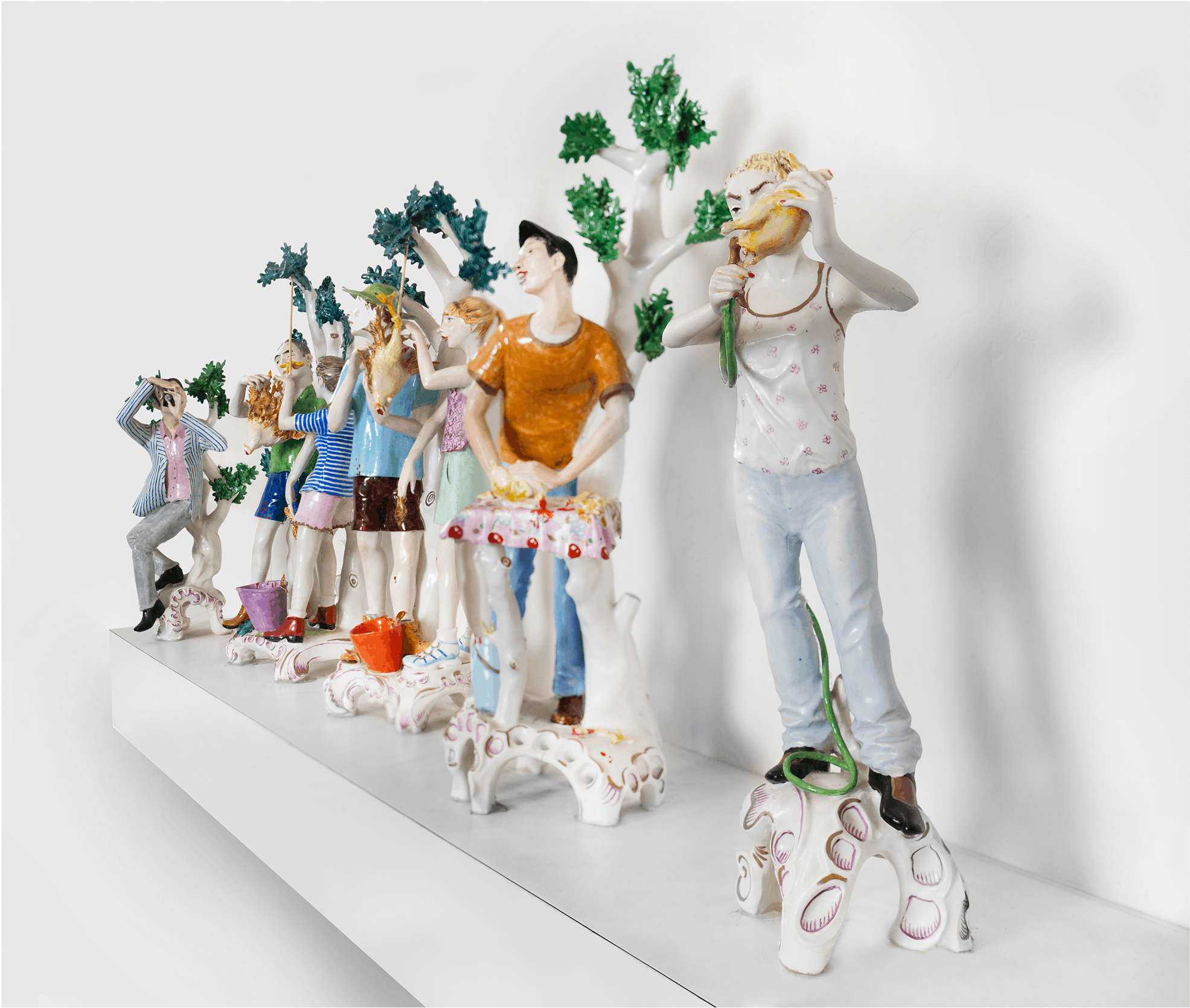
Ann Agee, The Chicken Slaughter, 2004
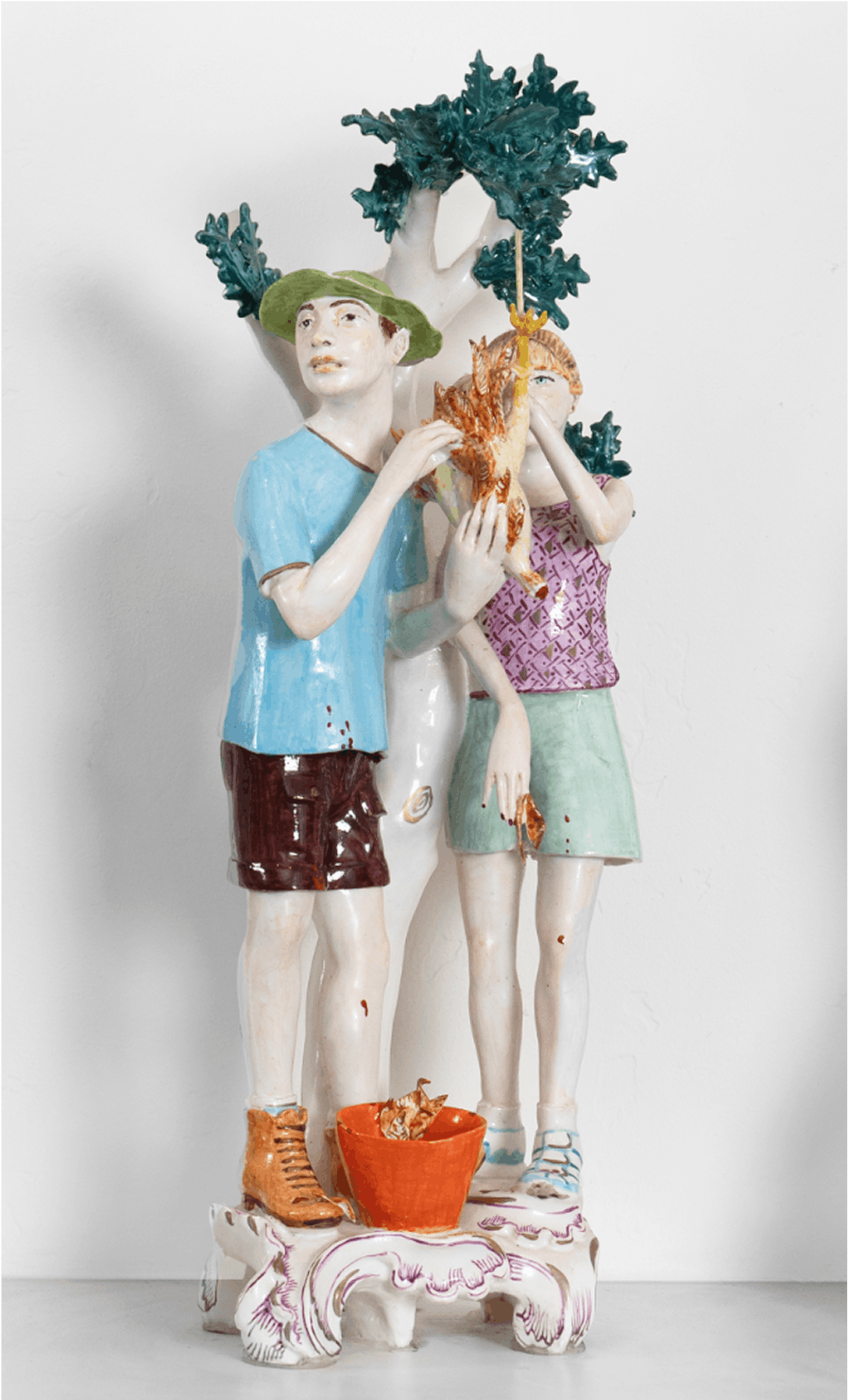
Ann Agee, The Chicken Slaughter (detail), 2004
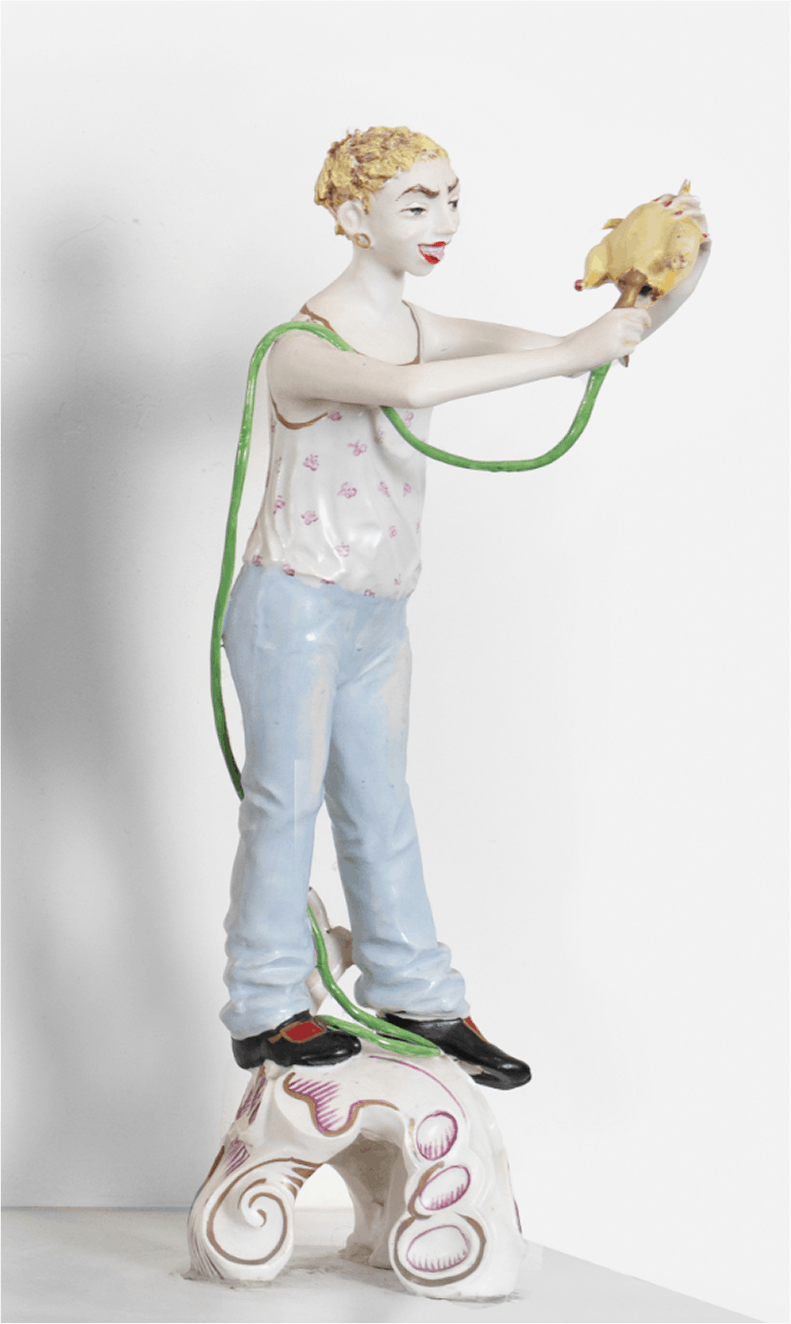
Ann Agee The Chicken Slaughter (detail), 2004
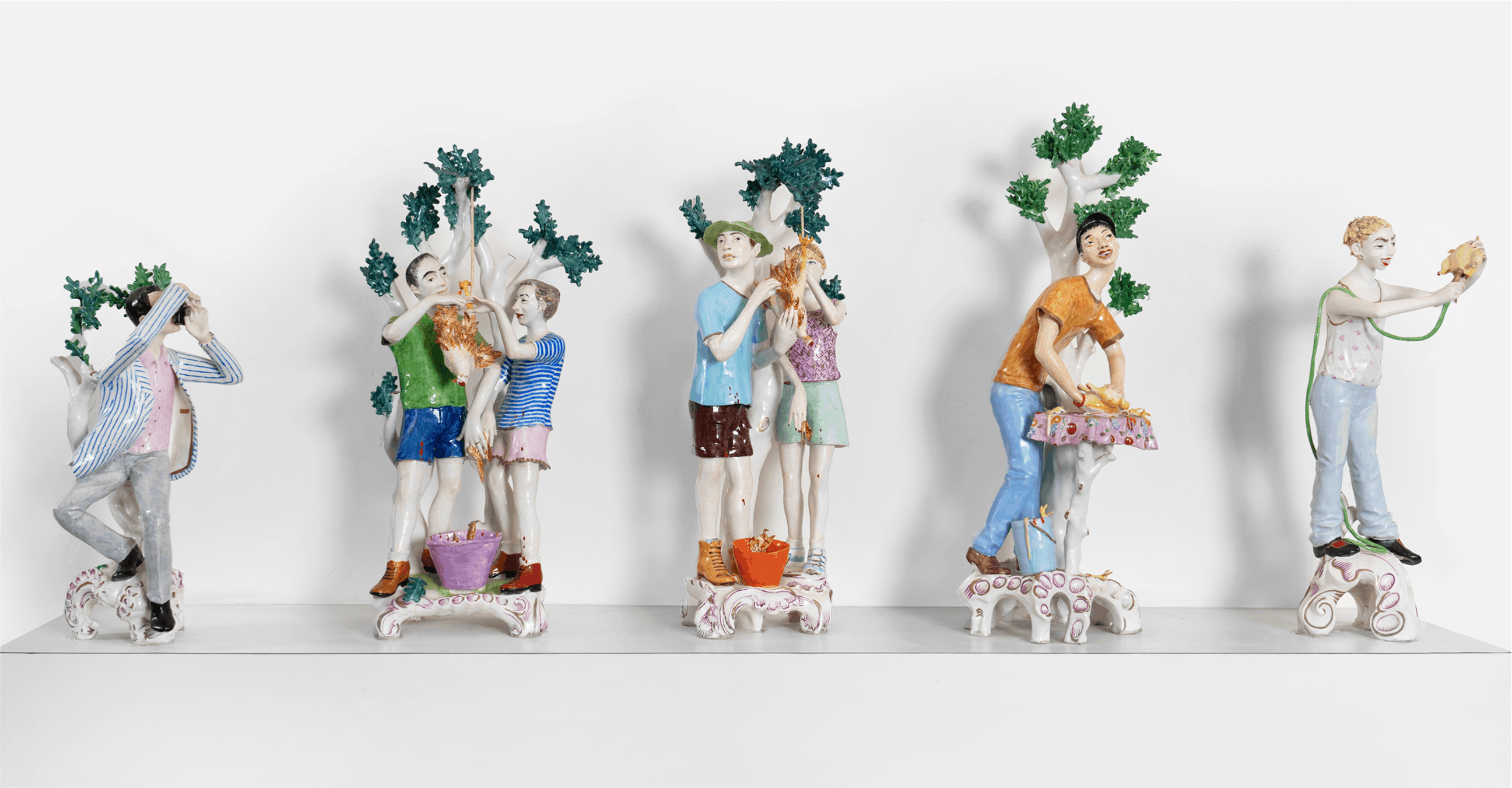
Ann Agee, The Chicken Slaughter, 2004
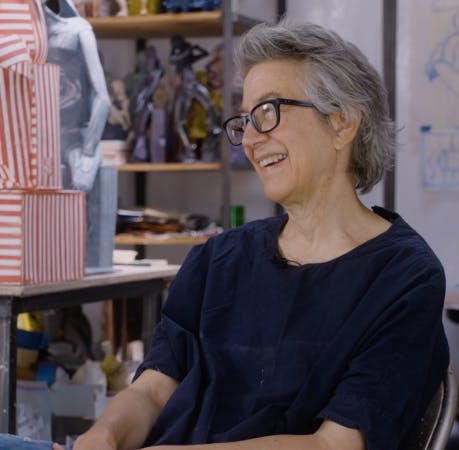
Ann Agee
Born: 1959, Philadelphia, PA Lives and Works: Brooklyn, NY Education: Master of Fine Arts, Yale School of Art; Bachelors of Fine Arts, The Cooper Union School of Art Exhibitions: 2021 - Madonna’s and Hand Warmers , PPOW Gallery, New York, NY; 2016 - Common Room, Private Foundation; 2012 - The Kitchen Sink, Locks Gallery; 2022 - To Begin Again, ICA, Boston, MA; 2020 - Forms Fired, Shoshana Wayne Gallery, New York, NY Awards, Grants, and Artists Residencies (selected): 2011 - John Simeon Guggenheim Fellowship; 1997 - The Louis Comfort Tiffany Foundation Award; 1992 - National Endowment for the Arts Fellowship; 1991-92 - Kohler Company, Artist in Residence; 1984-86 - Yale School of Art Fellowship
